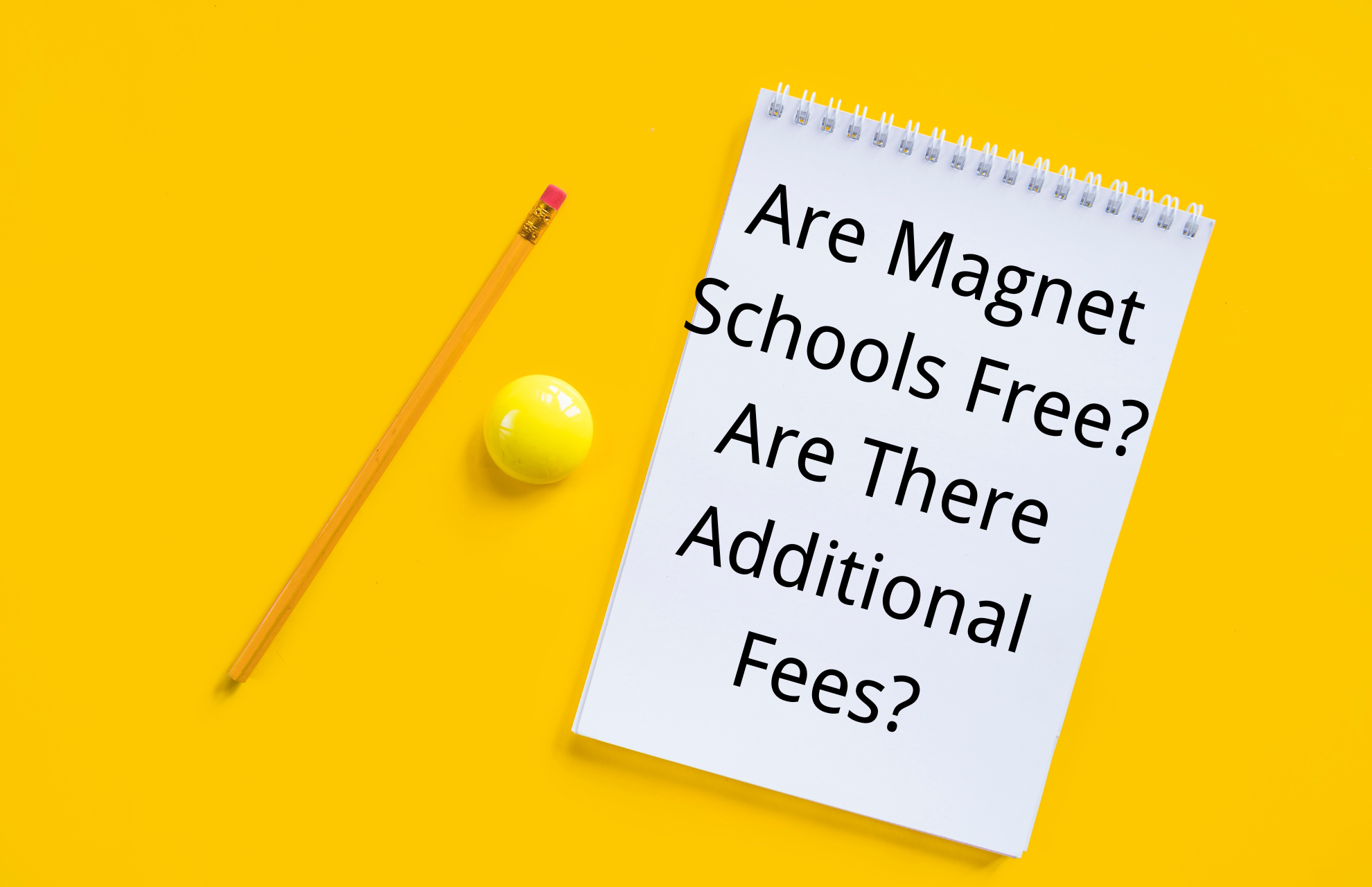
Are Magnet Schools Free? Are There Additional Fees?
Discover whether or not magnet schools are free and check their additional fees.
Magnet schools are specialized public schools that offer unique educational programs in specific areas such as science, technology, engineering, mathematics (STEM), performing arts, or languages. These schools are designed to attract students with particular interests and talents and provide them with a rigorous and challenging curriculum.
One of the most common questions asked by parents considering a magnet school for their child is whether or not these schools are free. The magnet schools are free. Read to know more about their fees.
Are Magnet Schools Free?
The answer is yes, magnet schools are free public schools, just like any other public school in the United States. See a Charter School Vs a Magnet School.
Unlike private schools, magnet schools are funded by state and federal governments and are not allowed to charge tuition fees. These schools are open to all students who live within the district boundaries and meet the admission requirements, regardless of their socioeconomic status, race, or ethnicity.
How Much Does a Magnet School Cost?

The good news is that magnet schools are generally free to attend, just like other public schools. They are funded by the government and operate under the same rules and regulations as traditional public schools. However, there may be some additional costs associated with attending a magnet school.
For example, some magnet schools require students to purchase uniforms or specialized equipment for their chosen program. This can include things like lab coats, art supplies, musical instruments, or even laptops.
These costs can vary depending on the school and the program, so it’s important to check with the school’s administration or website to get a better idea of what expenses you may be responsible for.
In addition, some magnet schools may have more competitive admission requirements, such as higher test scores or a portfolio of work. This can mean that families may need to invest more time and resources into preparing their children for the admissions process, such as hiring a tutor or attending test preparation courses.
Overall, the cost of attending a magnet school can vary depending on a number of factors, including the program, the location, and the school’s specific policies.
How Are Magnet Schools Funded?
In the United States, magnet schools are primarily funded through the same sources as other public schools, such as local property taxes, state funding, and federal grants. However, magnet schools may also receive additional funding from specialized programs and initiatives that support their specific themes or goals.
For example, the Magnet Schools Assistance Program (MSAP) is a federal grant program that provides funding to support the development and expansion of magnet schools. The MSAP funds are used to improve the quality of education, increase diversity, and enhance student achievement in magnet schools.

To be eligible for MSAP funds, schools must have a clearly defined theme or curriculum that is integrated throughout the school and must demonstrate a commitment to attracting and serving a diverse student population.
In addition to federal funding, magnet schools may also receive support from local businesses, foundations, and community organizations that are interested in promoting education and workforce development in their area.
For example, a technology-focused magnet school may receive donations of equipment or software from a local tech company, or an arts-focused magnet school may receive grants from a cultural arts foundation.
Another way that magnet schools can be funded is through partnerships with institutions of higher education. Colleges and universities may provide resources, such as teacher training, research support, and access to specialized facilities, to magnet schools that align with their academic programs and goals.
In exchange, magnet schools may offer opportunities for college students to gain hands-on teaching experience or conduct research in the school’s specialized area.
Why Do We Need to Increase Funding to Magnet Schools?
There are several reasons why we need to increase funding to magnet schools. First and foremost, magnet schools can help to address educational disparities and provide equal access to high-quality education for all students. By offering specialized programs and resources, magnet schools can help to level the playing field and provide opportunities for students who may not have access to these resources otherwise.

Additionally, magnet schools can help to promote diversity and integration in our schools. By drawing students from different backgrounds and communities, magnet schools can help to break down barriers and promote understanding and acceptance among students.
Furthermore, magnet schools can help to foster innovation and creativity in our education system. By offering specialized programs and curricula, magnet schools can encourage students to explore their interests and develop new skills and knowledge. This can lead to a more dynamic and engaged educational system that prepares students for the challenges of the future.
Despite their many benefits, magnet schools often face funding challenges that can make it difficult to maintain high-quality programs and resources. This is particularly true for schools located in low-income areas, which may have fewer resources and less funding to support their magnet programs.
To address these challenges, we need to increase funding to magnet schools and provide the resources and support they need to maintain high-quality programs and resources. This could include funding for specialized equipment and materials, professional development for teachers, and support for students from underserved communities.
Conclusion: Are Magnet Schools Free?
In conclusion, magnet schools are free public schools that offer unique educational programs to students with specific interests and talents. While they do not charge tuition fees, they may have additional costs such as uniforms, textbooks, and transportation that parents need to consider.
However, for families seeking a specialized education for their child, magnet schools can be an excellent choice.
FAQs
What Are the Disadvantages of Magnet Schools?
- Children with poorer grades or behavioral problems may be disqualified during the selection process.
- Some claim that by drawing in the most intelligent students, magnet schools detract from other public schools.
- Students with special needs, low-income students, and students who do not speak English as their first language are frequently underrepresented.
Are Magnet Schools Free in Florida?
Magnet schools are free public schools that allow kids to narrow in on a specific learning track, such as engineering or the performing arts.
What is a Magnet School in SC?
A statewide definition for magnet schools and programs was developed by a committee this past spring. Magnet schools/programs are public schools that offer a specialized curriculum, not available elsewhere, to produce graduates with world-class knowledge, skills, and life and career characteristics.


